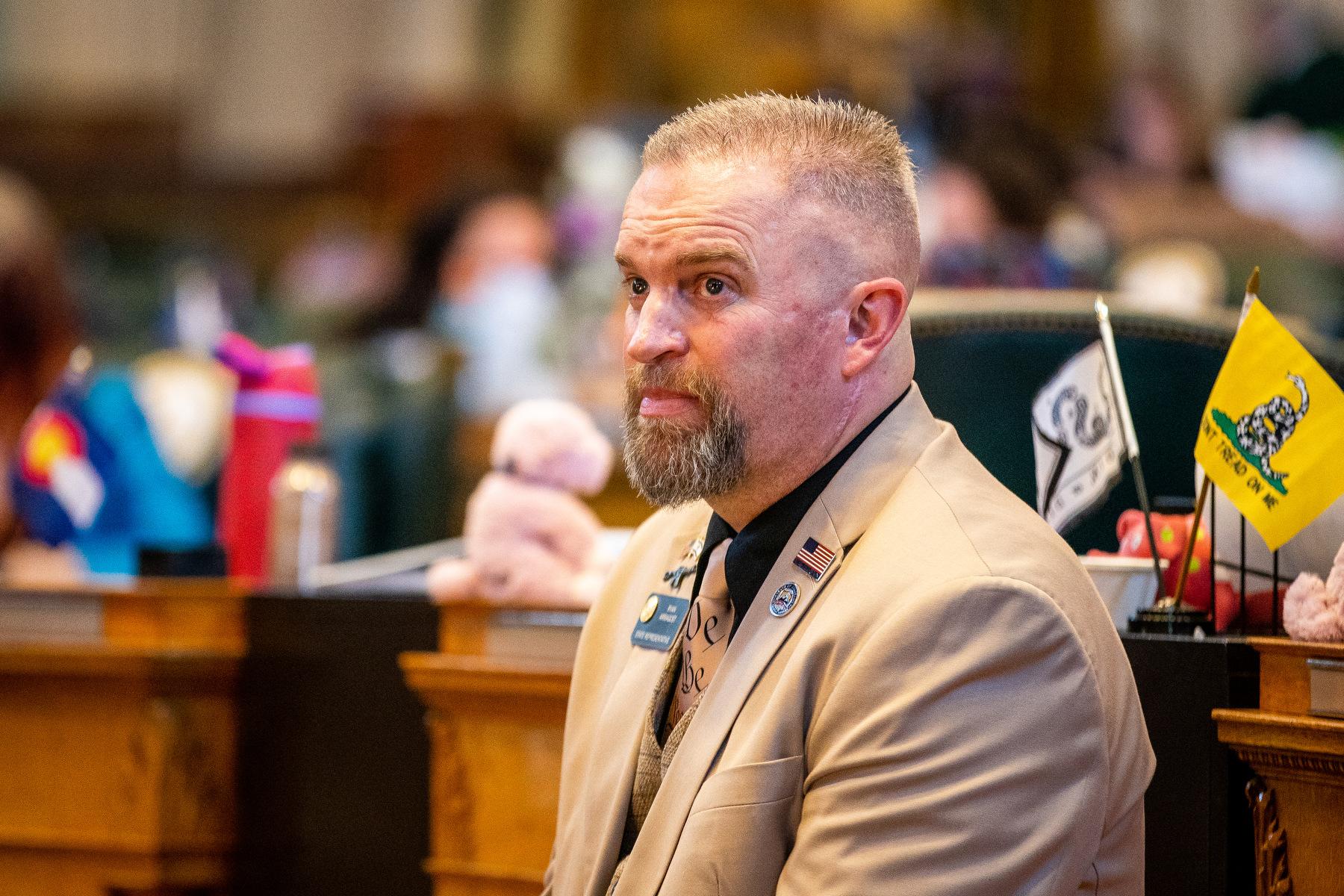 More than five decades ago, a fight over a proposed dam in northwest Colorado showed a coalition of conservation groups that they had the political clout to pass the Wilderness Act. The act, which bars development on nearly 110 million acres of land across the country, turns 50 next week.
More than five decades ago, a fight over a proposed dam in northwest Colorado showed a coalition of conservation groups that they had the political clout to pass the Wilderness Act. The act, which bars development on nearly 110 million acres of land across the country, turns 50 next week.
Before the act's passage, the federal government proposed creating a dam in Echo Park, a canyon where the Yampa and Green rivers wrap around Steamboat Rock in what’s now Dinosaur National Monument. The dam, proposed in 1949, would have created irrigation for farms on Colorado’s Western Slope and in Utah. It would have also produced hydroelectric power, and developers would have even built a marina, says Mark Harvey, a professor of history at North Dakota State University who has written extensively about the Wilderness Act.
Conservation groups like the Sierra Club and Wilderness Society rallied against the project and succeeded in killing it -- but only after years of fighting. Their efforts helped change the tide in an unlikely era when the federal government was gaining approval for large dam projects across the American West.
“In a way, it was a prelude; it was a forerunner to the battle over the wilderness bill,” Harvey says.
After their victory, conservationists turned their sights to passing the Wilderness Act. They sought to close loopholes in existing laws so that protections for lands could not be reversed or compromised. Conservationists faced strong opposition from the energy and mining industries and their political backers.
“It’s sort of an age-old battle, particularly in the public lands states of the West, between natural resource industries and others who value recreation and public lands for preservation and wildlife and so forth,” Harvey says.
 A key figure in the effort to create the act was Howard Zahniser, the head of the nonprofit Wilderness Society and editor of “Living Wilderness” from 1945-64. Zahniser, who grew up in the Allegheny River region of northwestern Pennsylvania, penned 66 drafts of the Wilderness Act over time in efforts to reach a compromise.
A key figure in the effort to create the act was Howard Zahniser, the head of the nonprofit Wilderness Society and editor of “Living Wilderness” from 1945-64. Zahniser, who grew up in the Allegheny River region of northwestern Pennsylvania, penned 66 drafts of the Wilderness Act over time in efforts to reach a compromise.
“We are a part of the wildness of the universe,” Zahniser once wrote. “That is our nature. Our noblest, happiest character develops with the influence of wildness. Away from it, we degenerate into the squalor of slums or the frustration of clinical couches. With the wilderness, we are at home.”
Though he had the support of U.S. Sen. Hubert Humphrey, a Democrat, and U.S. Rep. John Saylor, a Republican, one man stood in his way -- U.S. Rep. Wayne Aspinall, chairman of the House Interior and Insular Affairs Committee from 1959-1973. Aspinall, a Democrat representing Colorado's Western Slope, was friendly with the energy industry and agricultural interests. He was famous for clashing with environmentalists, viewing them as uncompromising. He exerted his power on the committee to prevent the Wilderness Act from advancing, Harvey says.
“Aspinall was able to block the bill, that is keep it from going to the floor of the House for a vote for really two years,” Harvey says.
A compromise on the legislation was eventually reached. When it passed, about 9.1 million acres of wild lands would be dubbed protected initially and Congress would be allowed to vote to designate further wilderness areas.
President Lyndon B. Johnson signed the act on Sept. 3, 1964.
Zahniser did not live to see that day. He died at the age 58, only two days after testifying in the final congressional hearing.
But Harvey says Zahniser died knowing the act would be signed.








